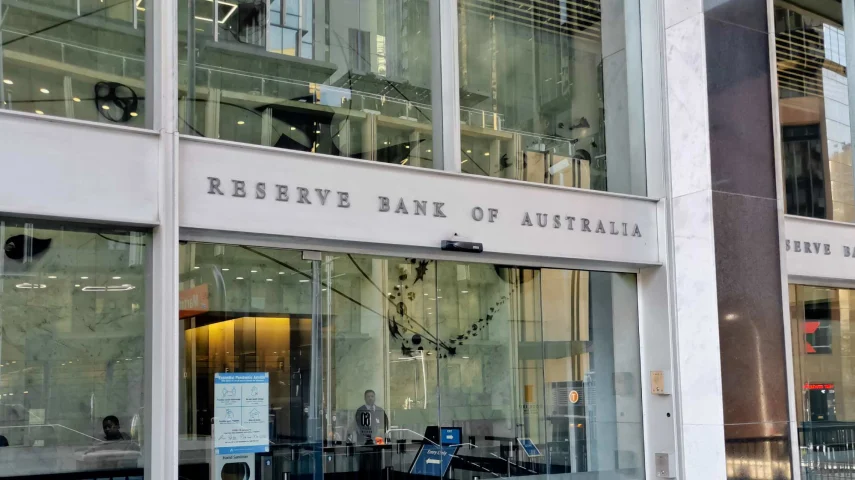RBA’s Bullock makes final 2023 rate call



Reserve Bank of Australia (RBA) governor Michele Bullock has decided to hold interest rates at 4.35 per cent.
This was her third monetary policy meeting, which has ended the year with a rate pause.
On 7 November, the governor raised interest rates by 25bps to 4.35 per cent. This followed her first rate decision in October which saw a rate hold at 4.1 per cent.
In a statement today, Bullock explained: "Returning inflation to target within a reasonable timeframe remains the board’s priority. High inflation makes life difficult for everyone and damages the functioning of the economy. It erodes the value of savings, hurts household budgets, makes it harder for businesses to plan and invest, and worsens income inequality.
"There are still significant uncertainties around the outlook. While there have been encouraging signs on goods inflation abroad, services price inflation has remained persistent and the same could occur in Australia. There also remains a high level of uncertainty around the outlook for the Chinese economy and the implications of the conflicts abroad.
"Whether further tightening of monetary policy is required to ensure that inflation returns to target in a reasonable timeframe will depend upon the data and the evolving assessment of risks."
Prior to the rate decision, economists were largely unexpectant of a rate rise in the RBA’s final meeting for 2023.
Scott Solomon, co-portfolio manager of the T. Rowe Price Dynamic Global Bond Strategy, still maintains Bullock’s statement to hold a hawkish tilt.
“While the cool October inflation print was very welcome by the board, caution is required before putting too much trust behind the monthly releases,” he said.
The co-portfolio manager expects the RBA to focus on two key themes in 2024, with further rate rises likely on the horizon.
“The first is migration, which has obvious consequences both to the labour market and housing market. The second is global impacts of two factors: 1) does the recent significant easing of financial conditions engineered by the US Fed have significant expansionary impact to the global economy as a whole; and 2) is China fully committed to additional stimulus.”
According to Emma Lawson, fixed interest strategist of macroeconomics at Janus Henderson Australia, there is a small chance of a RBA hike in February.
“Our base case is for the RBA to remain on hold at current rates. Beyond mid-year is where the market pricing for Australia differs from major central banks. There is very little policy action priced across the year, and no real easing cycle,” she shared.
“Our base case is for a mild easing cycle to commence in late Q3 2024.”
Recommended for you
Evidentia’s chief investment strategist Nathan Lim has announced his retirement after a 30-year career.
GQG Partners has marked its fifth consecutive month of outflows as its AI concerns lead to fund underperformance but overall funds under management increased to US$166.1 billion.
Apostle Funds Management is actively pursuing further partnerships in Asia and Europe but finding a suitable manager is a “needle in a haystack”.
Managed account provider Trellia Wealth Partners, formed from the merger between Betashares and InvestSense, has appointed its first managing partner.











